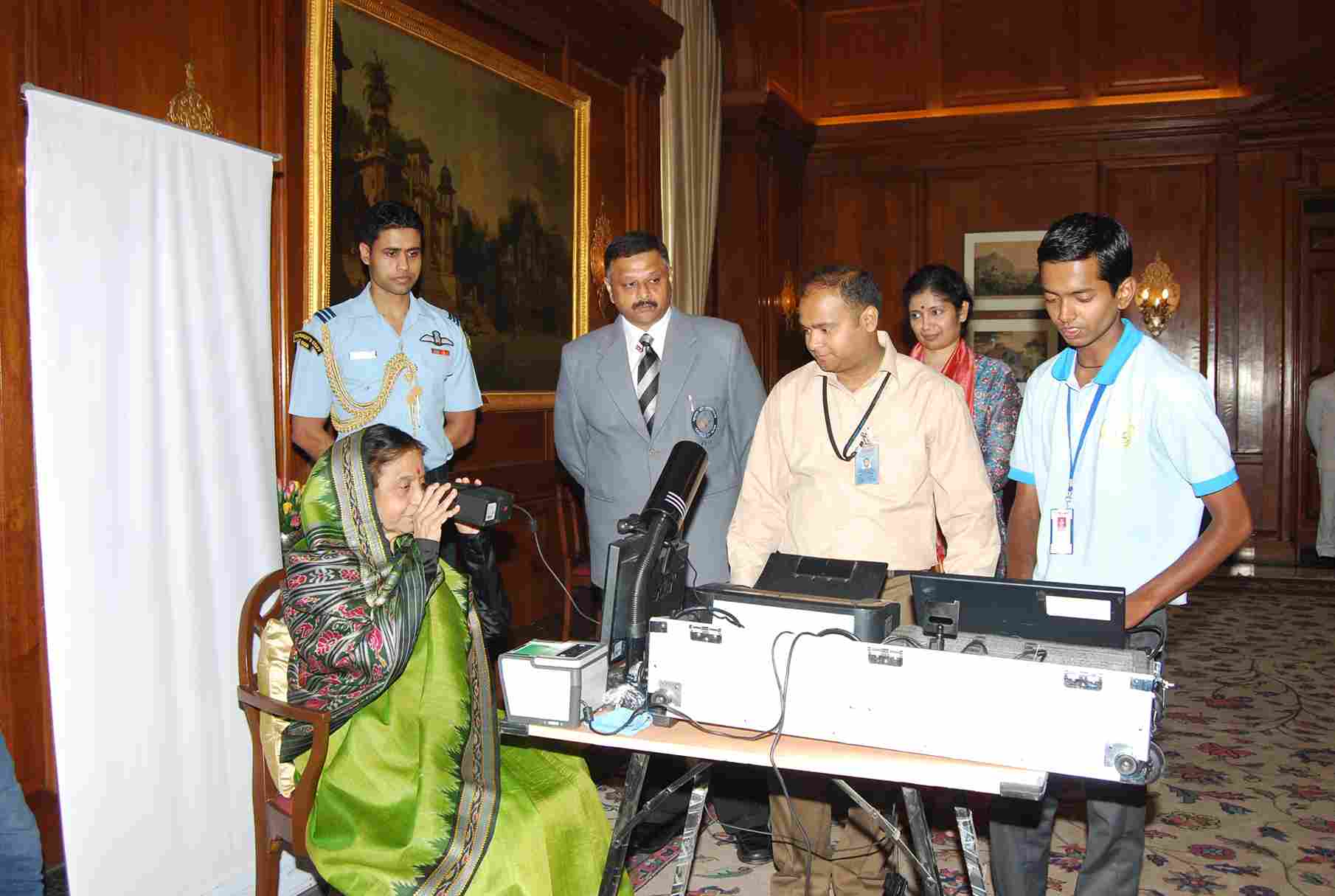India Census: 10 Insights from India’s 2011 Census
India Census 2011 is one of the biggest projects ever done in our country. Our government counts every single person staying in India every 10 years. It’s not counting people but what we learn about our own country. Do you know that India has been performing a census since 1872?
It is perhaps one of the oldest census traditions in the world. Okay, let’s examine the 2011 India Census and see what makes it all so remarkable.
Table of Contents
What is the India Census?
The India Census is a national project, and the government collects data on everyone in the country. It’s not a mere headcount but a treasure house of information.
It helps us know who we are and what we need as a nation. The 2011 Census was the 15th since 1872 and the 7th after India became independent in 1947.

Why is the census so important?
The India Census is important for various reasons. Our government, being a welfare state, is running many programs and schemes to help the people. But the proper planning requires information at the grassroots level from the government. This is why this census matters-it helps decide on topics like education, health, housing, and much more.
The schools needed, how hospitals need to be constructed, food supply to be provided in this region, all would be determined through census data.
Summary of Key Information Collected in India Census 2011
The India Census 2011 collected data apart from the population count. These data included:
-Demographics (age, gender, family size)
- Economic Activity (jobs, employment rate)
- Literacy & Education
- Shelter and appliance utilities, such as electricity or piped water.
- Urbanization
Fertility and Mortality (Birth and Death Rates) - Languages Spoken
- Religions Practiced
- Migration Patterns
This broad data range helps in public planning, policymaking, and even demarcating electoral boundaries for elections. That is why participation in the census is often referred to as “participating in the nation-building process.”
How was the India census 2011 conducted?
The India Census 2011 was conducted in two prominent phases:
Phase 1: House Listing and Housing Census
This was done between April and September 2010. In this period, census officers visited every home in the country, documenting each building and noting the facilities available for households instance, whether they have electricity, clean water, and toilets.
Phase 2: Population Enumeration
This round which was carried out from 9th February 2011 involved visiting every household counting, and gathering information on everyone in the household. They did this from 9th February to 28th February 2011. However, they conducted a final round to update new records like births and deaths occurring in the last month in households from 1st to 5th March 2011.
There was thus on the evening of 28th February special enumeration of houseless. This surely reflects how much the census attempts to canvass everybody in this nation, either staying at home or not staying at home.
Problems in Carrying Out India Census 2011
The vast and diverse population of India made the India Census 2011 very challenging. India has 35 states and union territories, over 600 districts, and thousands of towns and villages! The census 2011 engaged some 2.7 million workers, who visited over 240 million households. This is why it is often described as the largest peacetime mobilization in the world.
There was also a census conducted in 18 other languages to capture the population diversity. Training such a workforce did not come so easy. Well, over 54,000 trainers were able to instruct the census workers on how to execute the census. The training aids included role-playing, manuals, and video.
Interesting Facts About India Census 2011
- Mass Mobilization: 2.7 million people assisted in the census.
- Census Moment Census moment was 00:00 hours on 1st March 2011.
- Detailed data collection: The government had collected data on everything ranging from literacy rates to household assets.
- Special Efforts for Maps: Detailed maps were prepared for each village, town, and city with the help of satellite images.
- Celebrity Campaign: No one knows, even the cricketing legend Sachin Tendulkar and actress Priyanka Chopra endorse this census campaign.
- Early Electronic Data Collection. The 2011 Census used barcode scanning, the high-end printing of which ensured better quality accuracy.
What does the census do for our country?
It has assisted India in various ways. It helps determine the government on where they will construct schools, roads, and hospitals. Information is also applied in demarcating electoral constituencies. This only means defining how many representatives each place will have depending on their population.
It also has a lot of useful applications for people apart from the government. For example, businesses use it to determine whether they should open more stores or showcase their services in different cities. Researchers and NGOs utilize it to track social and economic trends.
Learn more about how census data informs business operations.
Conclusion: India’s Census is Truly Remarkable
The India Census 2011 is a big detailed project, which gives us precious information about our own country. This data would make life better for every Indian citizen by guiding choices related to resources, services, and government schemes.
Participation in the census process is very much an essential part of being an enlightened and responsible citizen. The census of 2025 would be no less important than all previous ones.
So remember, a headcount means much more than the India Census itself. It’s an integral component of India’s growth and development

